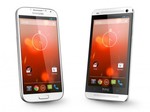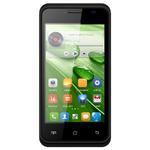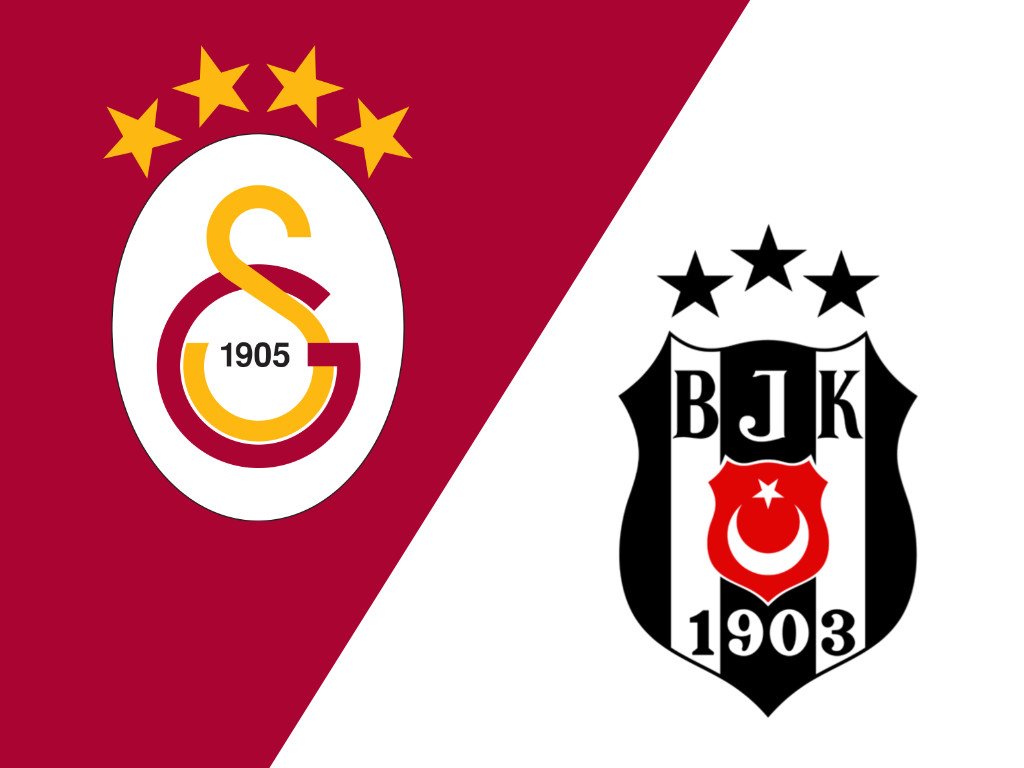Oculus Quest 2 review - The best VR experience - Android
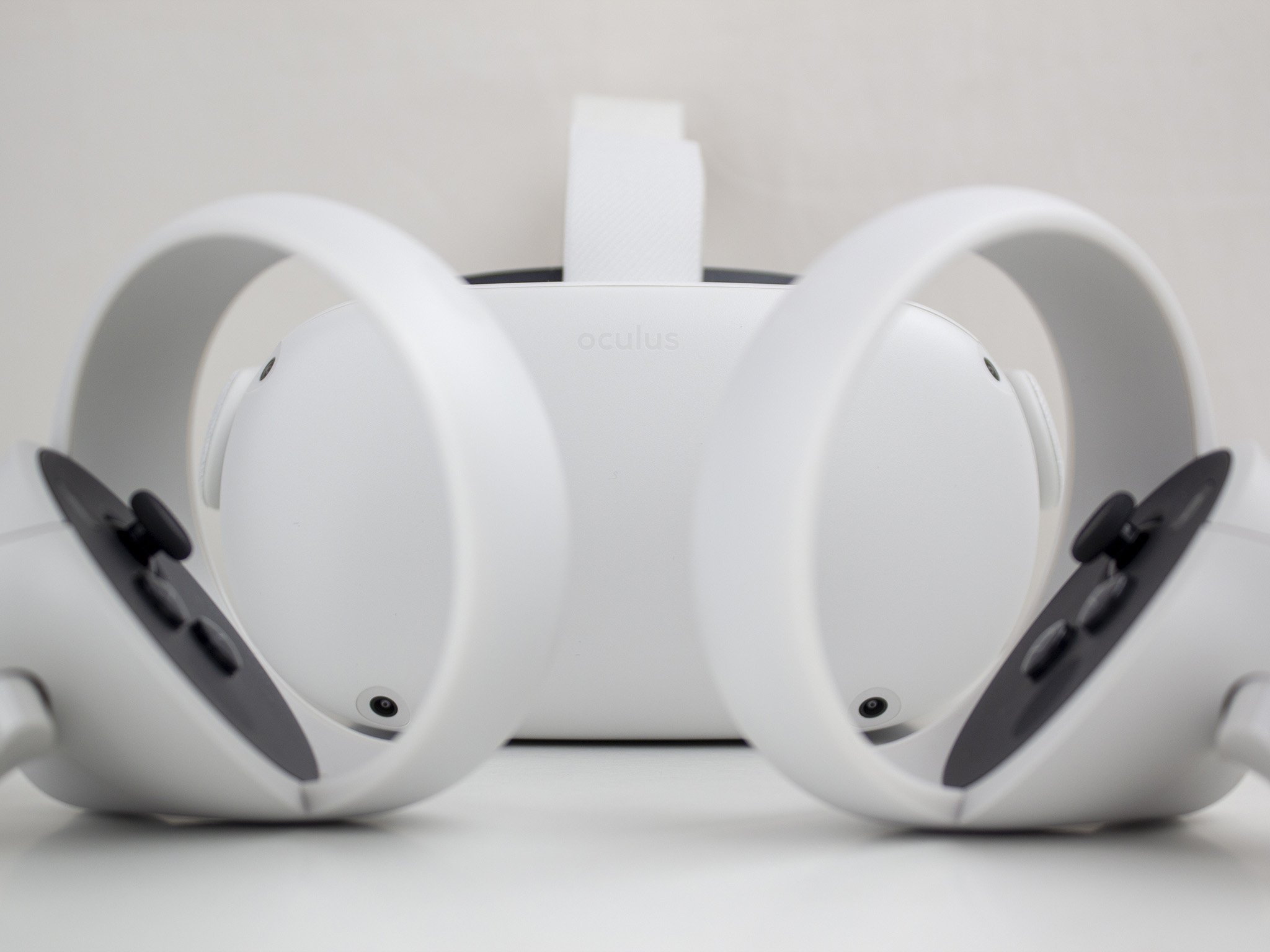
The future of VR is mostly safe in the hands of Facebook.
When the original Oculus Quest was announced in September 2018, even Facebook didn't expect it to do as well as it did (as evidenced by the fact that it could never keep the Quest in stock). The Oculus Quest experience went beyond what was expected of a VR headset by being more than just affordable — it was as easy to use as a video game console. Since that launch, Facebook has acquired several VR game development studios, brought several developers onboard with its Oculus Store, and changed the paradigm of what people expect from the standalone VR experience.
The Oculus Quest 2 promises to one-up that experience in every way, with a processor that's three entire generations newer than the one in the original Oculus Quest, enhanced ergonomics with a lighter and smaller headset, a significantly higher-resolution display, brand new lens design, redesigned controllers, and more accessories than you can shake a stick at. Facebook also has ramped up its stock this time around and, unlike the PS5 or Xbox Series S/X, has actually been attainable after launch.
On top of all this, the Oculus Quest 2 is $100 cheaper than the original Oculus Quest, and the more expensive model features double the storage of the original Oculus Quest's most expensive SKU. Is this the VR console we've all been waiting for?
The VR console
Oculus Quest 2
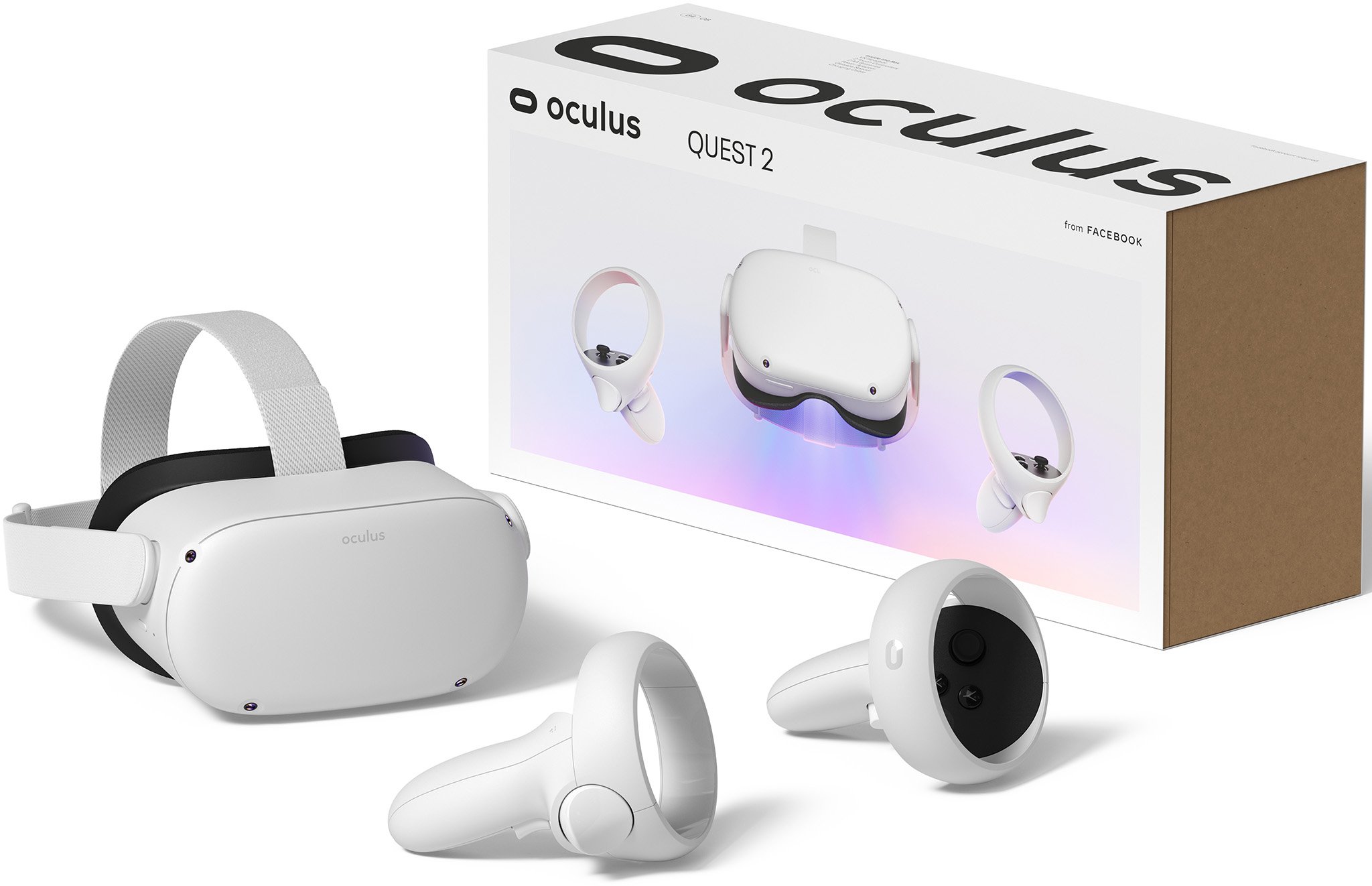
Bottom line: The Oculus Quest 2 is a huge improvement over the original, and it promises to get even better over time. Forced Facebook integration is going to upset some people (and parents) but, for most people, this is going to be the best VR experience you've ever had.
Pros
- Huge performance improvements
- Impressive display clarity and refresh rate
- Truly amazing price
- Super easy to set up and use
- Portable
- Tons of developer support
Cons
- IPD adjustment won't work for everyone
- Display black levels are noticeably worse than Quest 1
- Forced Facebook login
- Battery life is disappointing
From $299 at Amazon From $299 at Best Buy From $299 at Walmart
Jump to:
- Price and availabiility
- The basics
- Display and graphics
- Performance and battery life
- Comfort, design, and sound
- New controllers and hand tracking
- Replacing Oculus Rift
- The Facebook equation
- Should you buy
- Accessories
- FAQ and troubleshooting
- Changelog, April 2021
- 6-month later review
Oculus Quest 2: Price and availability

The Oculus Quest 2 launched on October 13, 2020 and is sold at all major retailers. Pending some initial stock difficulties, the Quest 2 has been widely available throughout its time on the market — unlike the original Oculus Quest, which was very difficult to obtain throughout its 18-month retail lifespan. Facebook's own earnings numbers show that the Quest 2 has sold in upwards of 5 million units as of the end of Q1 2021, meaning it is selling as well as other next-generation consoles.
The Oculus Quest 2 with 64GB of internal storage retails for $299, while the Oculus Quest 2 with 256GB of internal storage retails for $399. Both models are only sold in a white colorway, and neither model supports any kind of expandable storage, so be sure to get the model that has enough storage to hold your games.
Oculus Quest 2 games are obtained through the Oculus Store and downloaded directly to the headset. You can either browse the shop in the headset itself, on the Oculus website, or with the Oculus app on your smartphone. Games, on average, cost between $10 and $30, with some exceptions outside of that range.
Subsequently, most games average in the 1-2GB size range, but there are plenty notable exceptions to this. The largest Oculus Quest 2 games are in upwards of 12GB after installation and you'll want to be sure you have enough space free to keep them updated. Between all the free titles on the Oculus Store, on Oculus App Lab, and extras like adding custom songs on Beat Saber, we recommend the 256GB model.
Oculus Quest 2 The basics
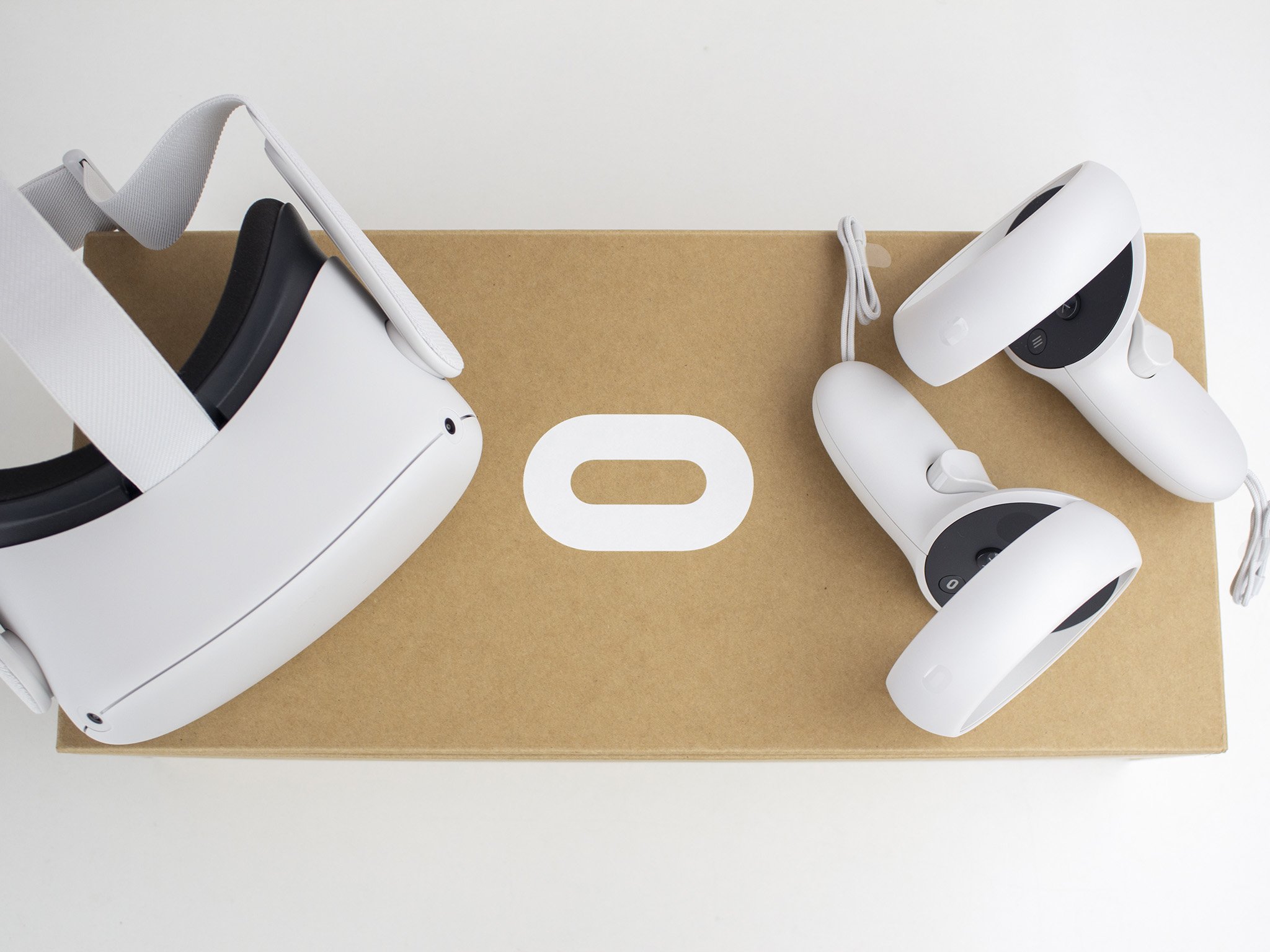
If you've never used the original Oculus Quest (or played anything in VR), here's the lowdown. Like a PlayStation, Xbox, or Nintendo Switch, the Oculus Quest 2 is a standalone console, one designed with VR in mind. It doesn't require a TV, but it can display a flat version of what's happening in VR by casting to popular smart TVs, Google Cast devices, Facebook's own displays, and even straight to the smartphone or tablet app so that everyone in the room can see what's happening.
The first time you turn on your Oculus Quest 2, you'll need to sign in with a Facebook account using the Oculus app on your smartphone. Once you've logged in, you'll need to decide if you want to experience VR while standing or while seated. If you choose a standing (room-scale) experience, you'll be asked to use your controller (and the built-in cameras) to draw safe boundaries around your room so that you don't crash into anything valuable. It's a lot less intimidating than that might make it sound.
In general, you'll be getting your games and apps from the official Oculus Store, which can be accessed either on the Quest 2 or via the Oculus app on your smartphone. The box comes with everything you need to play: the Oculus Quest 2 headset, two controllers, a USB Type-C cable, and a charging adapter to plug into an outlet.
That's it. You don't need external sensors or cameras, nothing to power the thing (other than a full battery, of course), and nothing else to experience amazing VR anywhere you want.
A next-gen upgrade
Oculus Quest 2 Display and graphics
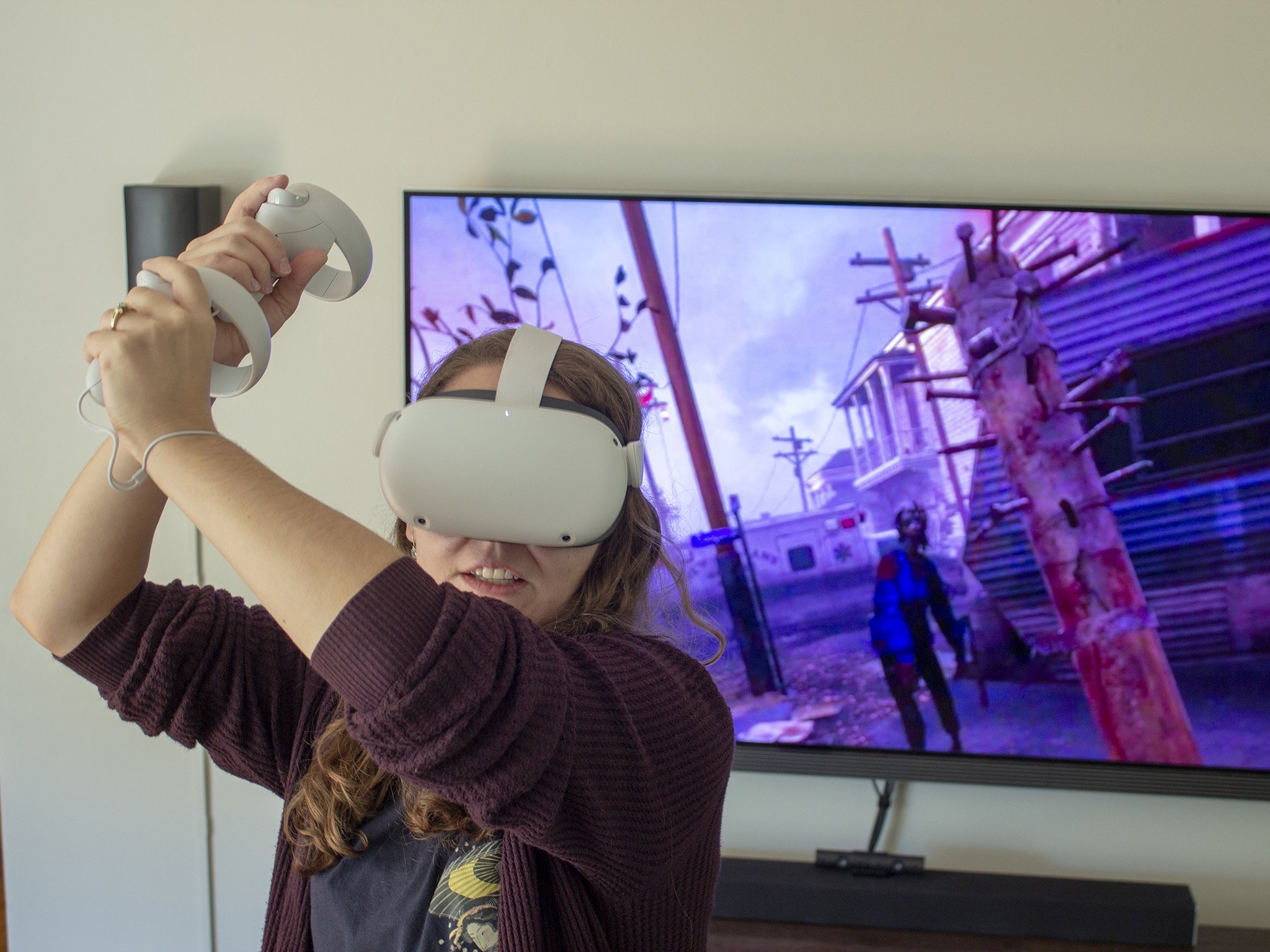
Every new console generation has, historically, delivered a certain wow-factor the first time you play it. We often find ourselves muttering How are these graphics so good? every time the on-screen character moves around the next corner or into that wide-open field, grass waving in the wind. While the Oculus Quest 2 doesn't yet have games made exclusively for its new powerhouse processor, the difference between the two generations of Oculus Quest systems couldn't be starker to the human eye.
The most noticeable difference here isn't the powerful new processor — it's the new pixel-packed display. At 1832 x 1920 pixels-per-eye, this brand new "almost 4K" single LCD display packs in 50% more pixels than the PenTile OLED on the Oculus Quest. Being a single LCD instead of two separate displays connected to lenses, the Oculus Quest 2 melds the positives of the Oculus Rift S with those of the original Oculus Quest for a superbly crisp experience.
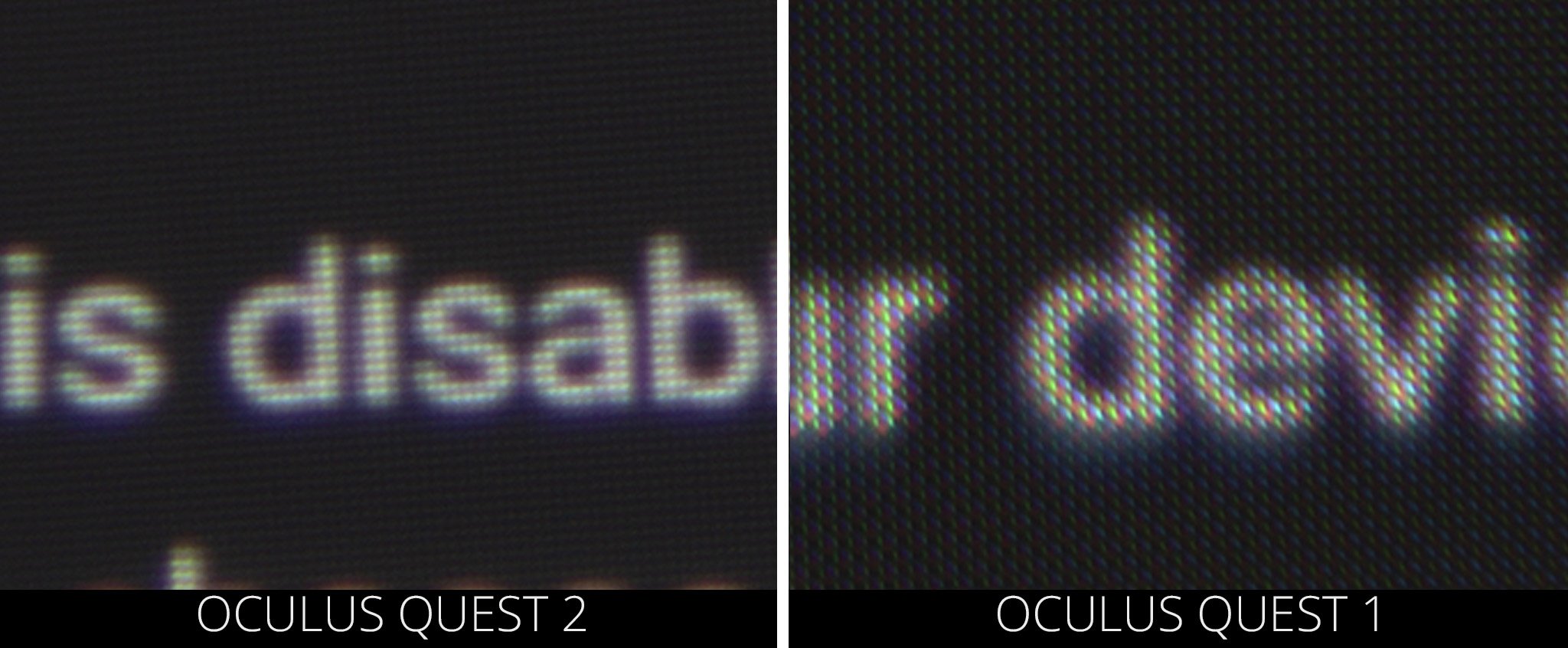

But it's not just the number of pixels that make this display crisper — it's the arrangement of them. The Oculus Quest used a PenTile arrangement, which places subpixels in a diamond shape: two small green subpixels on the left and right corners, and larger red and blue subpixels on the top and bottom corners. When put into a square grid, these diamonds leave a black space in-between, creating large gaps that human eyes can easily see in VR since the display is just centimeters from our eyes. The images above give you a good idea of what to expect, but the Quest 2 is even sharper than these images portray.
The Oculus Quest 2 utilizes an RGB-stripe display, which puts a tall green, red, and blue subpixel right next to each other to create a proper square. These squares fit much more neatly together in a grid, resulting in pixels that are closer together. Combine that with the fact that there are 50% more pixels on the Oculus Quest 2's display and you'll quickly understand just how much crisper this display looks. Everything from distance detail to up-close text is ridiculously easier to see, and it makes worlds so much more immersive because it doesn't feel like you're always looking through a mesh filter.
| Category | Oculus Quest 2 |
|---|---|
| Display Type | RGB-stripe fast-switching LCD |
| Display Resolution | 1832 x 1920 per eye |
| Processor | Qualcomm Snapdragon XR2 |
| Memory | 6GB |
| Storage | 64GB or 256GB |
| Wireless | Wi-Fi 5 and Wi-Fi 6, Bluetooth 5.0 LE |
| Ports | USB Type-C, 3.5mm audio jack |
| Audio | Built-in speakers, support for headphones |
| Headset Battery | Built-in rechargeable Li-Ion |
| Headset Battery Life | 2-3 hours |
| Controller Battery | 1x AA per controller |
| Controller Battery Life | Several months, on average |
| Dimensions | 191.5mm x 102mm x 142.5mm |
| Weight | 503g / 1.1lbs |
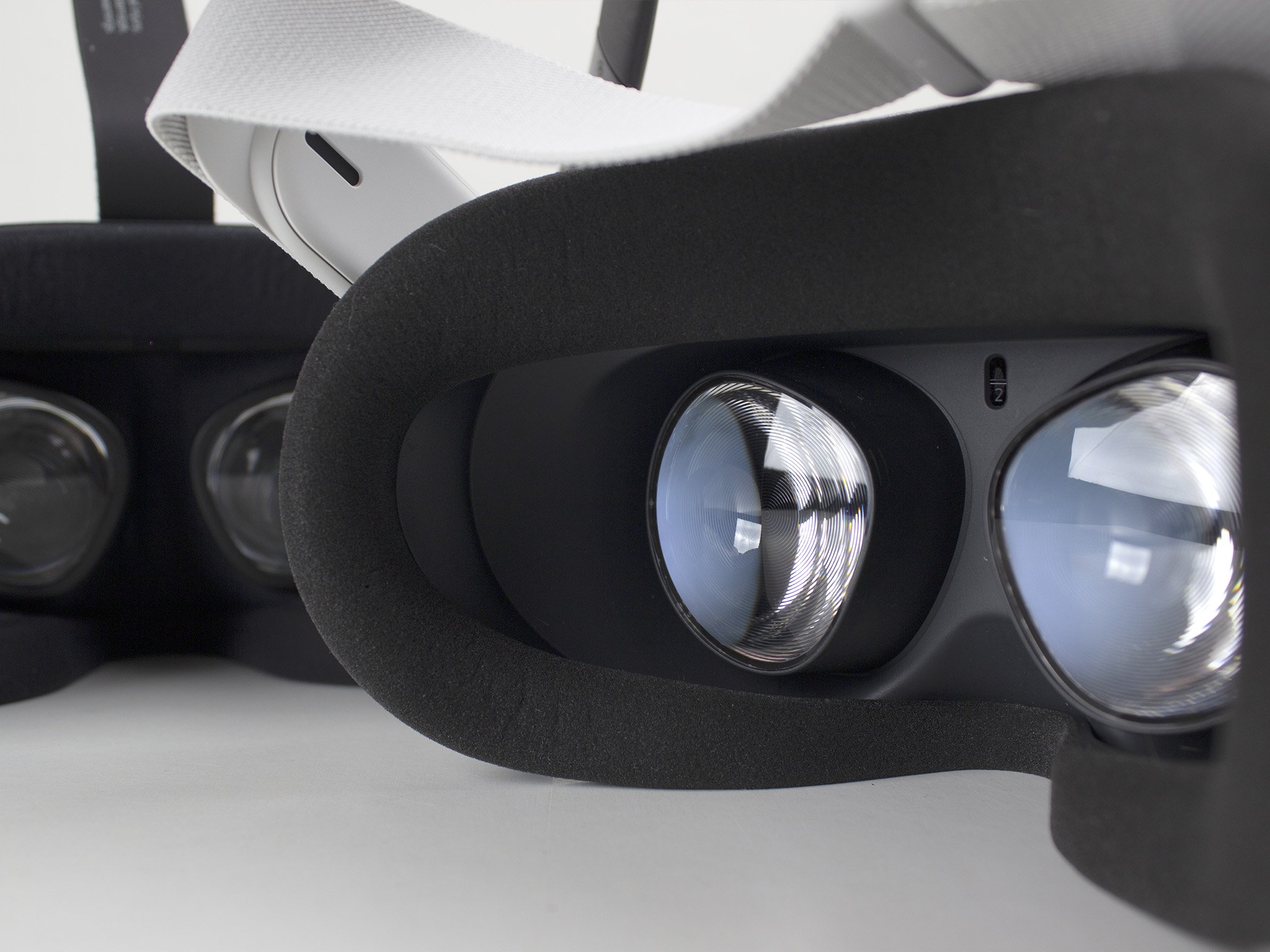
The best part about having a significantly higher-resolution display is that all games, even the ones that aren't specifically optimized yet for the Oculus Quest 2, will get an immediate upgrade. This new display isn't just more pixel-dense though, it also runs at a higher framerate than the original Quest. At 120Hz, the Oculus Quest 2 feels significantly smoother than the Oculus Rift S — which ran at 80Hz — and a full generational leap over the original Oculus Quest — which ran 72Hz.
At 120Hz, the Oculus Quest 2 feels significantly smoother than the Oculus Rift S, and a full generational leap over the original Oculus Quest.
The Oculus Quest 2 only ran at 72Hz at launch but quickly received an update to run at 90Hz on all games and apps, with some games and apps supporting as high as 120Hz as of the April v28 Quest 2 update. Everything feels immediately smoother and more realistic when compared to the original Quest, and a higher refresh rate also means that fewer people will have difficulty with motion sickness. While motion sickness hasn't been a widespread problem in VR for half a decade now, there are still a few folks that experience it with lower refresh rates.
Just as you would expect from a brand new video game console, the Oculus Quest 2 features a significant improvement in graphics quality when compared to the original Oculus Quest and is very much a "next-generation" console that's launching alongside the PS5 and Xbox Series S/X. Much of these improvements come from the brand-new Qualcomm Snapdragon XR2, a system-on-a-chip (SoC) that's more than three generations newer than the Snapdragon 835 found in the original Oculus Quest.
The Oculus Quest 2 is very much a "next-generation" console launching alongside the PS5 and Xbox Series S/X.
For reference, the Snapdragon 835 was a smartphone chipset released in March 2017, while the Snapdragon XR2 is a custom VR chipset based on 2020's Snapdragon 865. Along with the assumed performance difference expected in a chipset that's three years newer, Qualcomm has packed some brand new abilities like new shaders, support for 120Hz displays, the ability to push 3x higher resolution, and an 11x improvement in AI calculations.
While Facebook didn't allow Quest 2-exclusive games at launch, the announcement of Resident Evil 4 VR marked a change in the company's strategy. Developers are no longer restricted from targeting just Quest 2, but Facebook is still encouraging them to keep the original Oculus Quest in mind since there were well over one million active users as of April 2021. As a Quest 2 user, you can expect games to have a significantly higher resolution, a smoother framerate, higher-quality models, higher resolution textures, more distance and up-close detail, real-time lighting, bloom effects, better particles, and improved shaders when compared to the original Oculus Quest.
Our Oculus Quest 2 vs Oculus Quest graphics comparison includes a few launch titles that were quickly updated for Quest 2. While these titles can give you an idea of what to expect from games built for both systems, the difference while using each is going to be far greater than what you can see here. Aside from a graphics and resolution upgrade, Quest 2 games run much more smoothly thanks to the ability to run at 90Hz or 120Hz.
A better experience
Oculus Quest 2 Performance and battery life
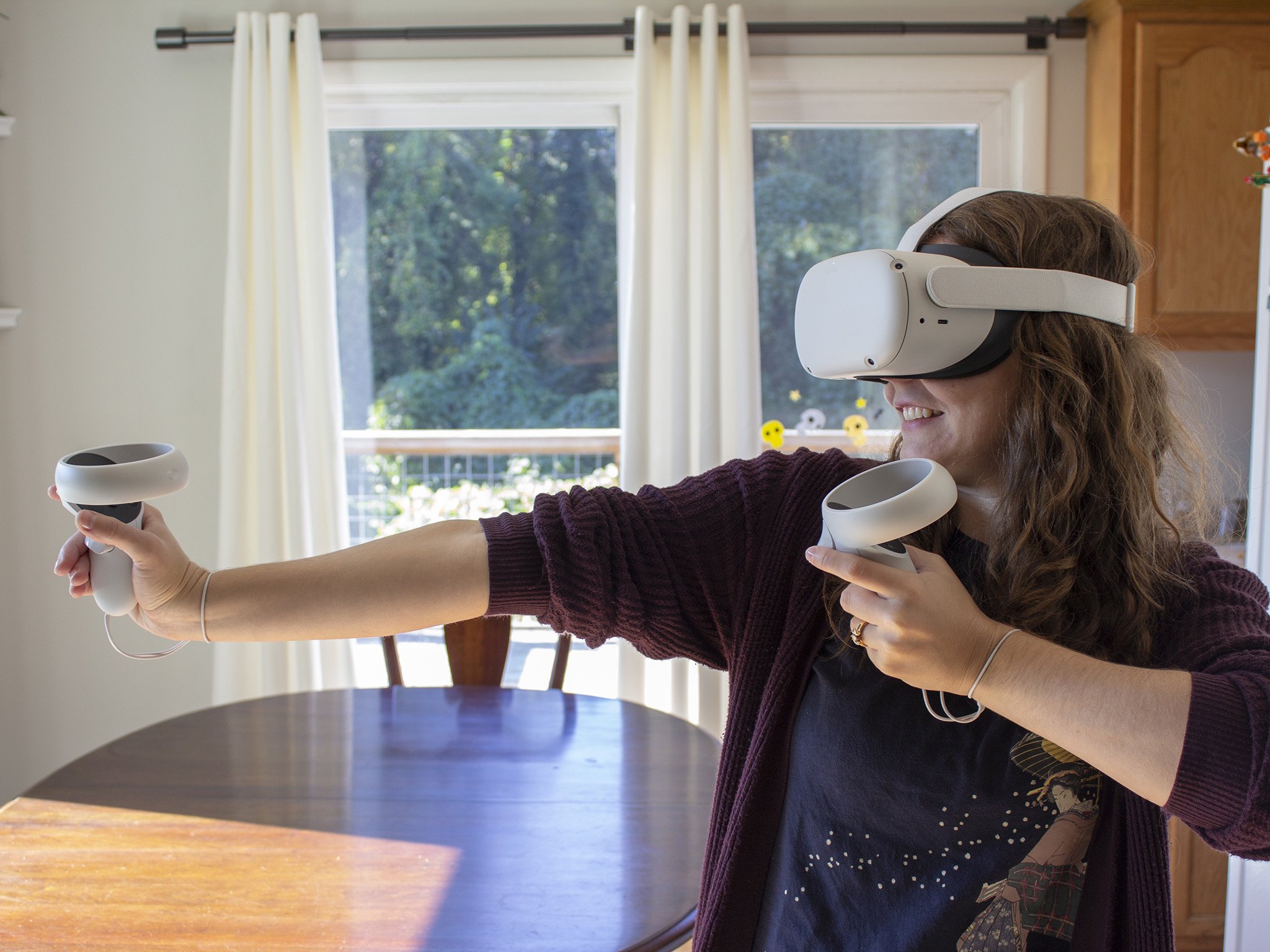
In addition to native Quest 2 games, the Quest 2 can stream PC VR games at 120Hz with the latest Virtual Desktop patch. That makes the Quest 2 the most affordable 120Hz PC VR headset around. It also doesn't need any wires to play PC VR games, as Oculus Air Link and Virtual Desktop can both stream these games over your home's Wi-Fi connection.
That new 120Hz refresh rate is something that's only available on apps and games that specifically call for the feature — even then, you'll need to enable it in the experimental menu before seeing the advantage. 120Hz is a massive paradigm shift for mobile VR which, historically, was often relegated to 60-72Hz on most headsets. 120Hz was previously only available for high-end PCs and expensive headsets like the Valve Index (which can actually max out at 144Hz), and means the Quest 2 is the most affordable way to play PC VR games without spending a massive chunk of change.
The original Oculus Quest, while amazing in its own right, was very obviously held back by the aging mobile chipset that powered it. Even though the Oculus Quest 2 is also powered by a mobile chipset, three years of silicone advancements and a partnership with Facebook's own research division has yielded something even more impressive than I expected. Despite bumping the resolution up by 50% and increasing the refresh rate by 25% at launch (a 60% refresh rate bump as of April 2021), the Quest 2 is lightning fast at everything it does.
From menus to loading times, the Quest 2 is a substantial improvement over the original in every way. While playing games, pressing the Oculus Home button instantly brings up the universal home menu and, better yet, that menu now floats over top most games as an overlay instead of taking you away from the game entirely as it used to. Likewise, clicking record video or take screenshot results in an instant response from the system, while the original might have taken a second or two (sometimes longer). Plus you'd occasionally see hitching and stuttering along the way — something I rarely experience on the Quest 2.
I can recall several times when I was directly comparing games between the two headsets, where the recorded video from the original Oculus Quest would become corrupted for no apparent reason. This is yet another thing I didn't experience on the Quest 2, and it all adds up to a more consistently flawless execution of what you might hope or expect from a VR console.
Casting to a TV or Chromecast has also seen an over improvement, although not quite as much as I was hoping for. Some games are still a pixellated mess that's not at all enjoyable to watch, while others perform just fine. These messy games are going to negatively affect the experience of folks in the same room as you trying to watch, which really is just unfortunate. Here's hoping Oculus makes this more reliable in the future.
Support for Wi-Fi 6 means faster downloads, a more consistent connection, and even better wireless streaming. We'll cover streaming performance in depth below, but know this: Wi-Fi 6 makes a substantial difference in wireless streaming performance.
Just about the only thing that's not better is the battery life.
Just about the only thing that's not better is the battery life. Ironically enough, the battery life on the Quest 2 is roughly 30 minutes shorter than the original Quest. That puts it at around 2-3 hours of gameplay before you'll have to charge it up again. You can get around that limitation by getting one of the best accessories for the Quest 2, like the Elite Strap with built-in battery, or even plugging a regular USB Type-C power bank into it while playing.
Something old, something new
Oculus Quest 2 Comfort, design, and sound
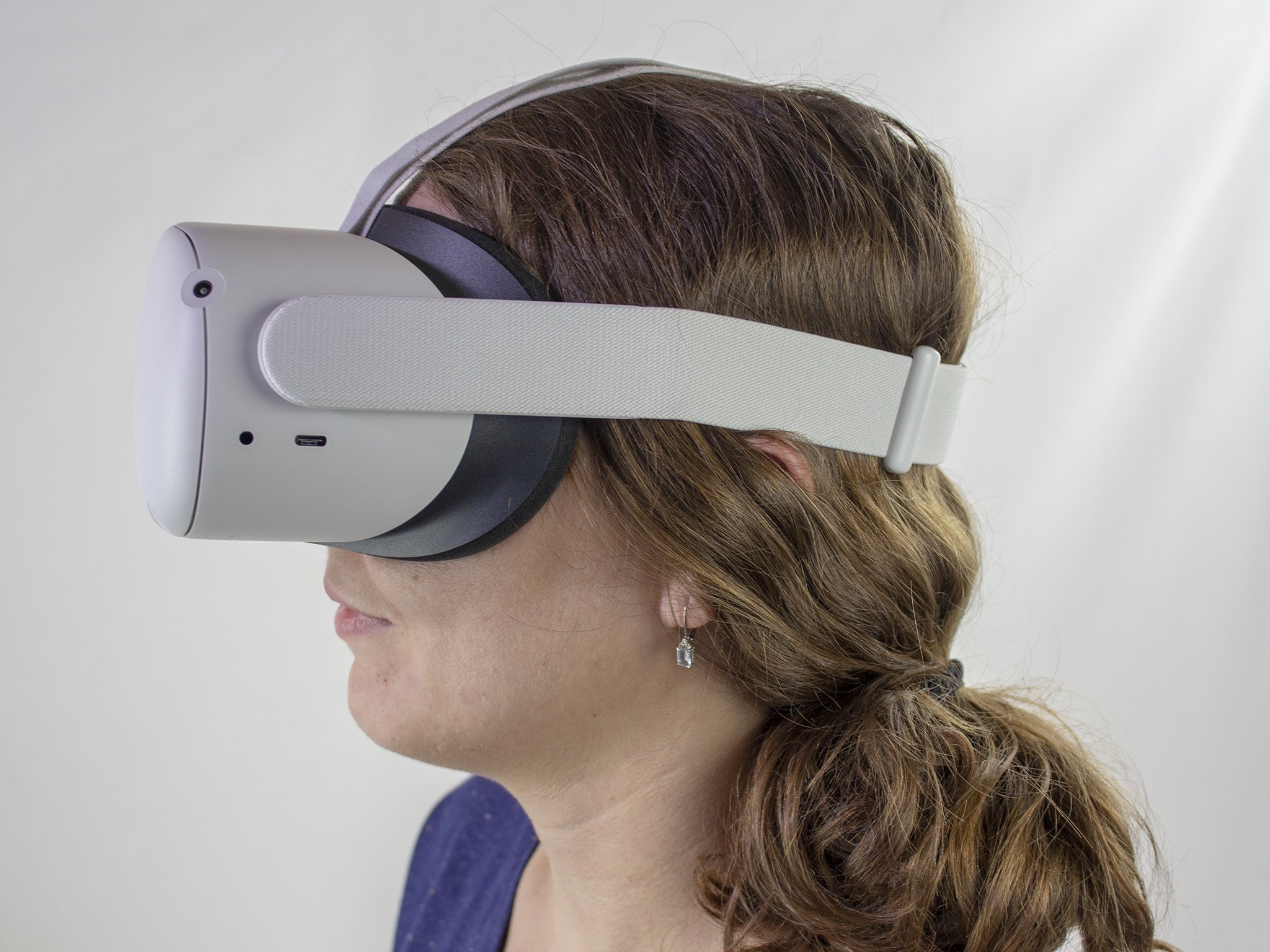
When comparing the Oculus Quest 2 against the original Oculus Quest, almost everything about the Quest 2 screams newer tech. It's smaller! It's lighter! It's more powerful! It uses a cloth and velcro head strap — wait, what?

While it seems a bit bizarre for Facebook to have reverted from a more rigid head strap to what feels like an "old" VR standby, I was pleasantly surprised to find my initial thoughts on the strap to be incorrect. Let's get the negatives out of the first though, shall we? I hate resizing this thing. On the back of the strap, you'll find two plastic pieces that can be pulled apart or brought closer together to tighten or loosen the strap.
While this sounds great in practice, and rather simple to boot, the fact that there's hair on most people's heads turns this simple task into a rather difficult one and, if you clumsily grab your hair and pull, a painful one. If you're the only one using the Quest 2 in your home, it's not likely you'll have an issue. The new straps are super comfortable to wear, do a great job of balancing the weight of the headset across your entire skull, and actually hold their position rather nicely.
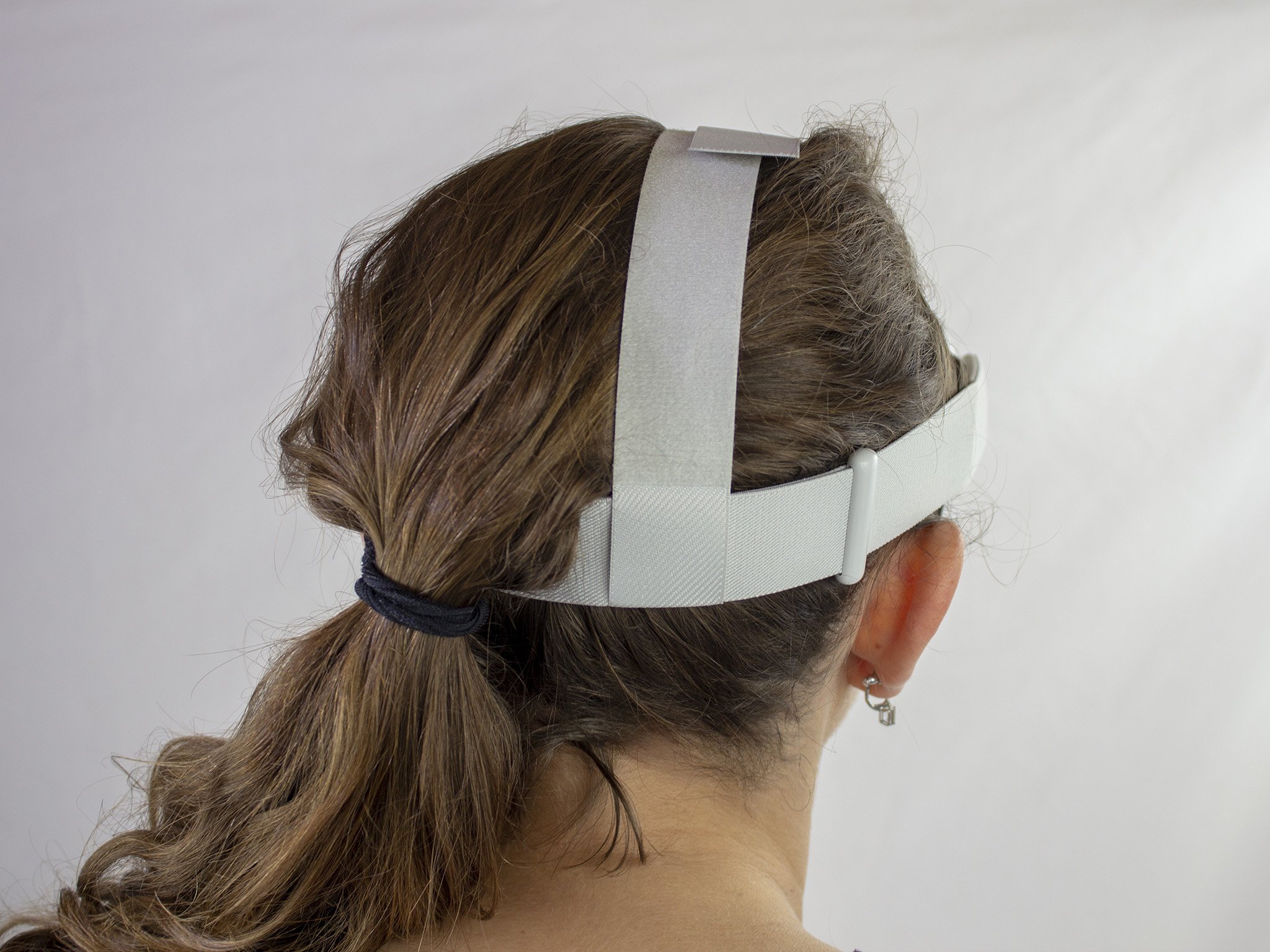
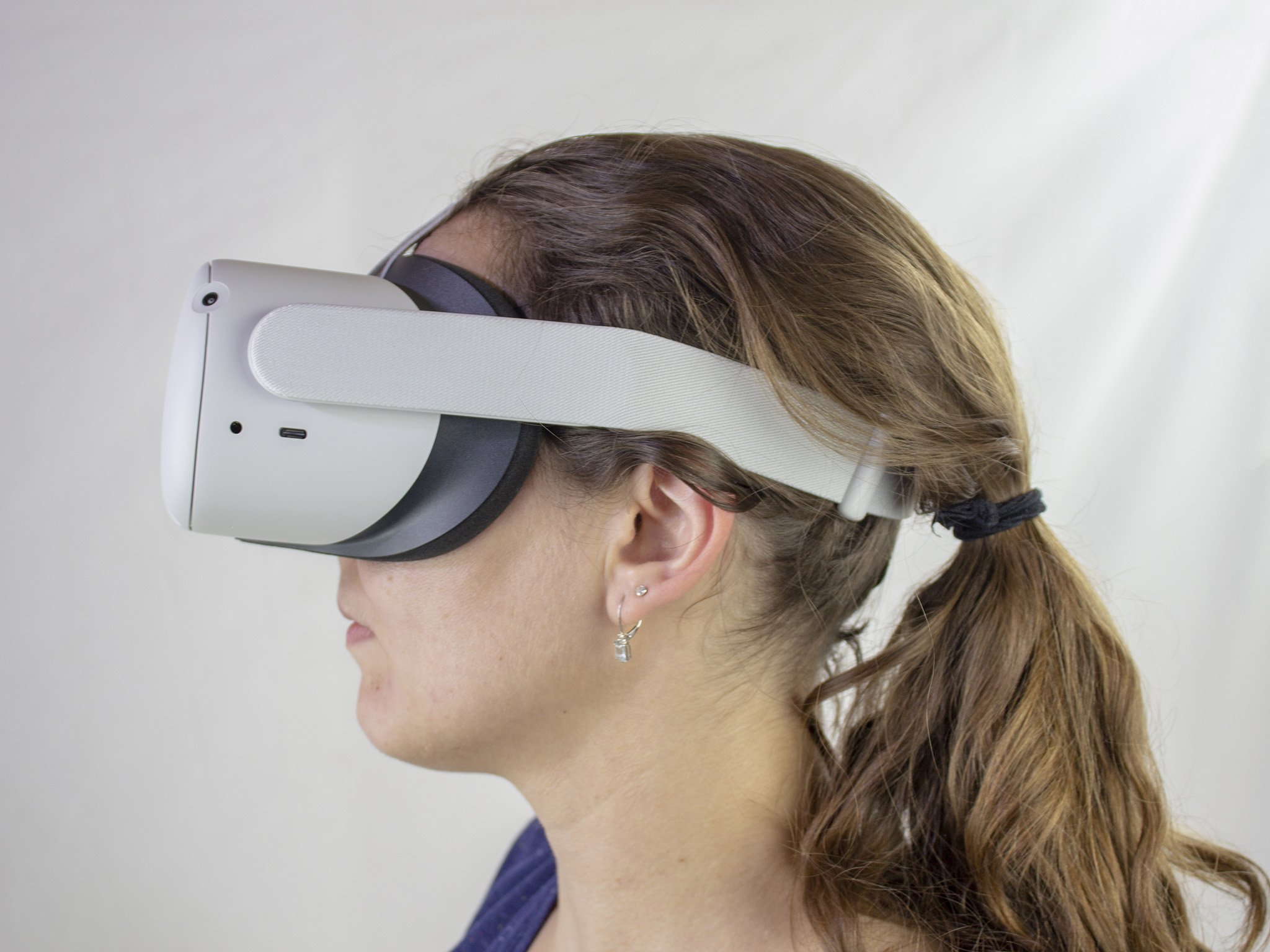
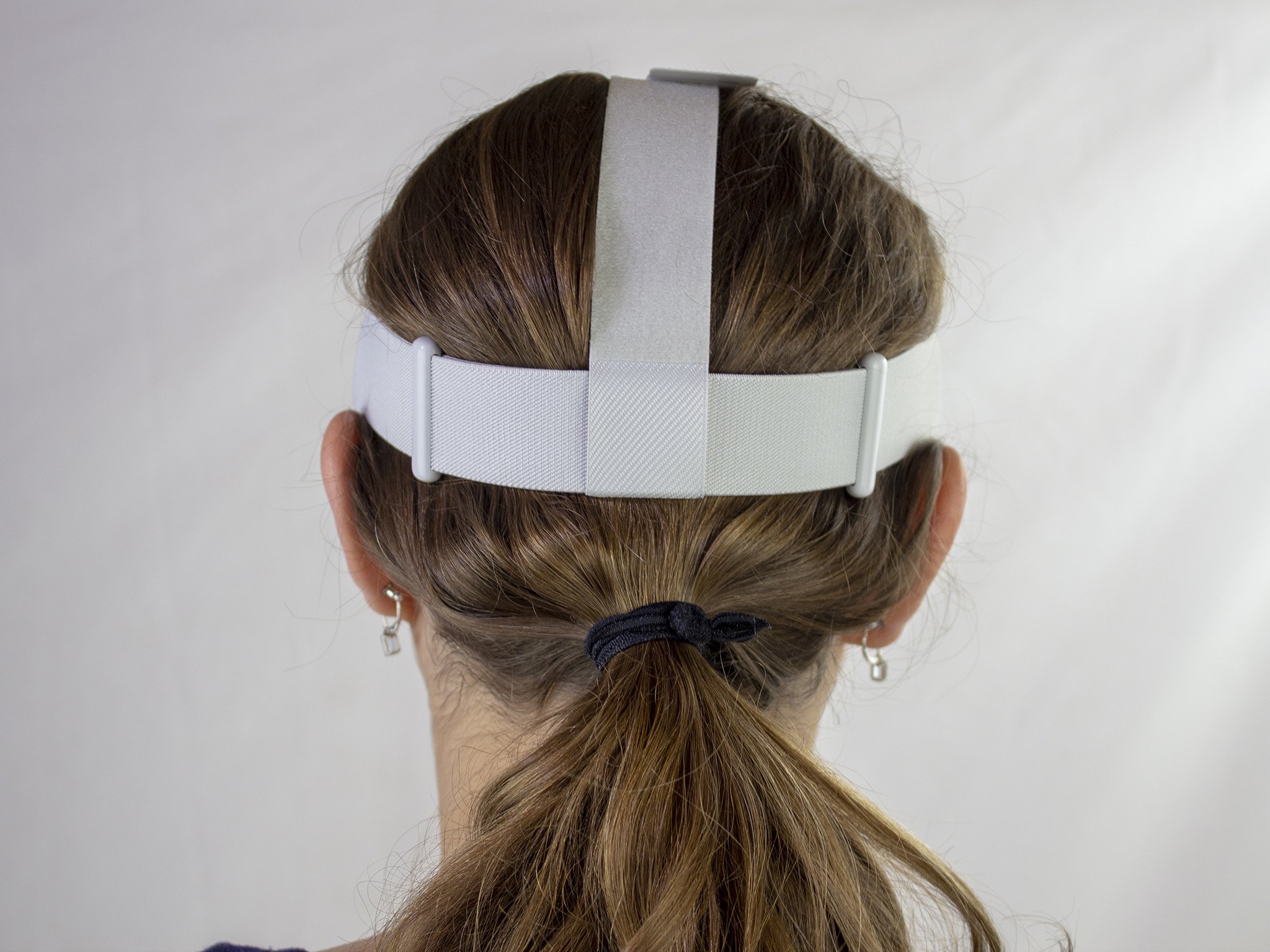
The strap adjustment issue really only rears its ugly head when passing it around for others to play, as it's just more complicated than I would like. You'll also likely struggle a bit with it at first if you have long hair (as evidenced by the awkward photos above), but after a period of time, it becomes second nature. If you like the general shape and design of the straps but want something slightly more comfortable, VR Cover's head strap pads are a great way to go.
Still, despite the annoyance with adjusting it, these straps are quite a bit better than the ones on the original Quest because they actually grip the back of your cranium instead of the mid-point. The Oculus Quest 2 fit all head sizes quite nicely in my testing, all the way down to my 6-year-old son's head.
Aside from being lighter and smaller, I also really liked the redesigned foam facial interface, which significantly helped pad the headset against my cheeks and forehead. These pads are thicker and more supportive, yet just as easy to remove as the original ones. That makes changing these pads out nice and easy when multiple people are playing, making things a whole lot more sanitary.
There's even an adapter that comes in each box to add additional space for folks that need glasses while playing. Since foam sucks in moisture quite easily though, you might want to consider picking up a
08/05/2021 02:00 PM
35 of the best Android games released in the last year
08/05/2021 05:32 PM
Our top 5 Android and iOS apps of the week
08/05/2021 01:00 PM
Get mom a free iPhone 12 from T-Mobile this weekend only - CNET
08/05/2021 04:16 PM
T-Mobile delivers tardy Android 11 update to swanky OnePlus 7T Pro 5G
08/05/2021 04:33 PM
How to watch Galatasaray vs Beşiktaş - Live stream Turkish Süper Lig online
08/05/2021 10:00 AM
Best Android phones at Ultra Mobile
08/05/2021 12:00 AM
How to watch Giro d'Italia 2021 - Live stream UCI WorldTour cycling online
08/05/2021 07:00 AM
- Comics
- HEALTH
- Libraries & Demo
- Sports Games
- Racing
- Cards & Casino
- Media & Video
- Photography
- Transportation
- Arcade & Action
- Brain & Puzzle
- Social
- Communication
- Casual
- Personalization
- Tools
- Medical
- Weather
- Shopping
- Health & Fitness
- Productivity
- Books & Reference
- Finance
- Entertainment
- Business
- Sports
- Music & Audio
- News & Magazines
- Education
- Lifestyle
- Travel & Local
2014 © US apps and news



